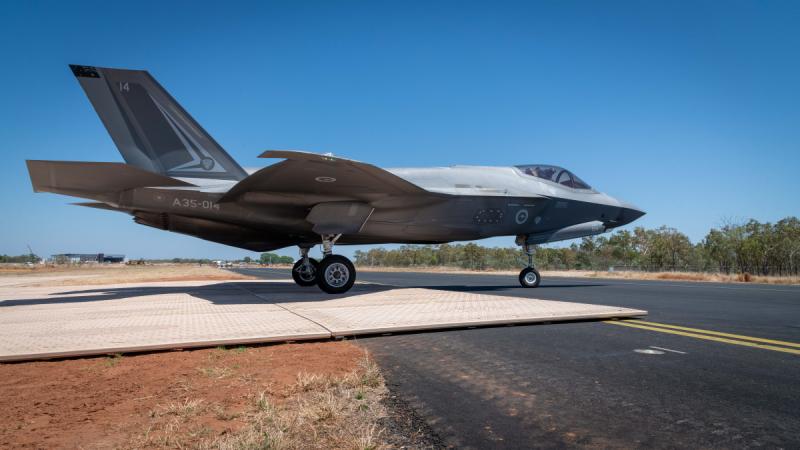With many people experiencing financial hardship due to the COVID-19 coronavirus pandemic, one way consumers can save money is by checking and comparing unit prices when grocery shopping.
Unit pricing shows consumers the value of grocery products as a cost per standard unit of measurement on shelf labels.
Large grocery stores and some online grocery retailers must display the unit price when selling packaged food and other grocery products, such as bread, eggs, fruit and vegetables and toilet paper.
This can be helpful for consumers to check and compare the unit price of an item to see if a product is right for their circumstances.
Ask yourself whether a big pack of cereal would be more cost effective for your family than a small pack. With unit pricing on shelf labels, or when shopping online, you can quickly and easily compare the value for money of different package sizes and select the one that best fits your budget and needs.
Keep these money-saving tips in mind for your next grocery shop:
- The unit price of large packs is usually – but not always – lower than small or medium size packs, so it pays to check.
- Avoid buying a bigger pack if it’s likely to go to waste.
- Compare the unit price of different sizes of the same brand’s product, as well as different brands of the same product.
- Look out for special offers which might temporarily have the lowest unit price.
- If a product is available loose or pre-packaged, check the unit price of both.
- Compare unit prices in different parts of the supermarket – the same product may be sold in different sections, eg. cheese, meats, seafood, nuts, fruit and vegetables.







